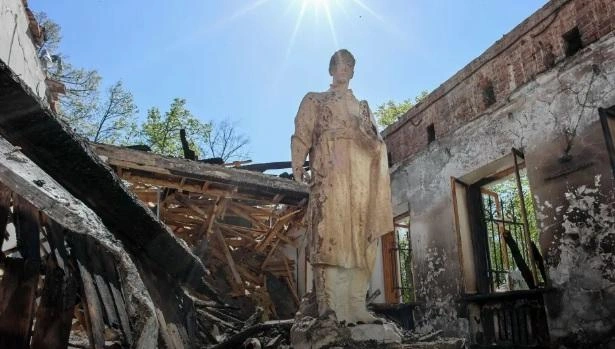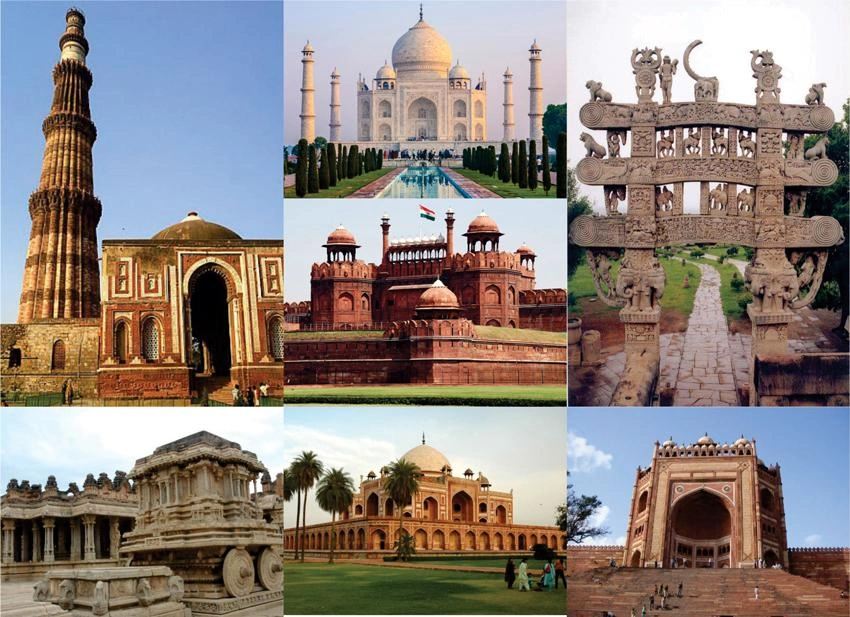Home » Architecture and Culture Wars: Identity in Design

Architecture is never neutral. Every structure, street, and public space communicates values about identity, politics, and belonging. It tells us who is included, whose voices matter, and what principles society chooses to uphold. While many people see architecture as just a matter of aesthetics or functionality, it is deeply tied to power, culture, and politics.
In recent decades, architecture has become increasingly entangled in the “culture wars”—debates over national identity, modernity versus tradition, and how public spaces express shared values.

Architecture has always carried political meaning. From ancient temples to modern skyscrapers, every era has used buildings to symbolize authority and ideology.
Even today, architecture is a cultural battlefield where opposing social values are staged. Disputes over whether to preserve a colonial-era monument or whether new government buildings should be classical or modernist go beyond design—they raise questions of identity, memory, and collective values.
The debate between modernist and classical architecture is one of the most visible fronts in cultural conflicts.
In many countries, these debates turn political. For example, U.S. policies recommending classical designs for federal buildings sparked controversies about whether such rules preserved heritage or enforced a narrow ideological vision. Beneath the style question lies a deeper one: whose history, values, and future vision do we choose to represent?
Monuments and memorials represent another major front in the architecture culture wars. Across the world, statues and buildings linked to slavery, colonialism, or controversial figures face increasing scrutiny.
Public monuments act as forums for negotiation—spaces where societies rewrite cultural narratives and redefine collective memory.

With globalization, cultural borders are blurring, but debates over cultural identity in architecture are intensifying. Should architects design using local traditions and vernacular styles, or adopt global modernist trends?
Examples include:
These tensions highlight architecture as a tug-of-war between local roots and global aspirations, a key issue in contemporary design debates.
The digital age has amplified architecture’s role in cultural conflicts. Images of monuments or designs shared online can spark global debates overnight.
For example, proposals for futuristic designs to rebuild Notre-Dame Cathedral after the 2019 fire triggered worldwide controversy. Some embraced innovation, while others demanded faithful restoration. Social media turned a local reconstruction project into a global cultural debate, showing how architecture connects with identity on an international stage.
Because architecture is permanent, symbolic, and highly visible, it lies at the heart of the culture wars. Buildings are more than physical spaces; they are statements of identity, justice, and collective aspirations.
The challenge for architects, policymakers, and communities is to see architecture not only as a site of conflict but also as a platform for dialogue. By designing inclusive, sustainable, and culturally sensitive spaces, we can honor history without being constrained by it—creating buildings that reflect both tradition and progress.
Also Read
AI Technology in Architecture
Top Architecture courses after 12th
Difference Between Architecture and Interior design
Difference Between Architecture and Civil Engineering
From
Ar. Vivek Painuli
Assistant Professor
School of Architecture
Lingaya’s Vidyapeeth
Best Architecture College in Faridabad
RECENT POSTS
CATEGORIES
TAGS
Agriculture Agriculture future AI Architecture artificial intelligence Bachelor of Commerce BA English BA Psychology BTech AIML BTech CSE BTech cybersecurity BTech Engineering Business management career Career-Specific Education career guide career option career scope Civil engineering commerce and management Computer Science Computer science engineering Data science degree education Engineering Engineering students English Literature english program Fashion Design Fashion design course Higher Education Journalism journalism and mass communication law Law career Machine Learning mathematics MBA MBA specialization Mechanical Engineering Pharmacy Psychology Research and Development students
Nachauli, Jasana Road, Faridabad, Haryana
Address: C-72, Second Floor, Shivalik, Near Malviya Nagar,
Above HDFC Bank, New Delhi 110017
Landline No. - 011-46570515 / 45138169 / 41755703
Mobile No. - +91-7303152412 / +91-7303152420 / +91-9311321952
Toll Free: 1800-120-4613
Mobile : 8447744303 | 8447744304 | 8447744306 | 8447744309
8700003974 | 8700003411 | 8700003749
Copyrights © 1998 - 2025 Lingaya's Vidyapeeth (Deemed To Be University). All rights reserved.
LV only conducts physical/online verification of any document related to examination on the following email id:
It is important to note that the following email IDs and domains are fraudulent and do not belong to our university.